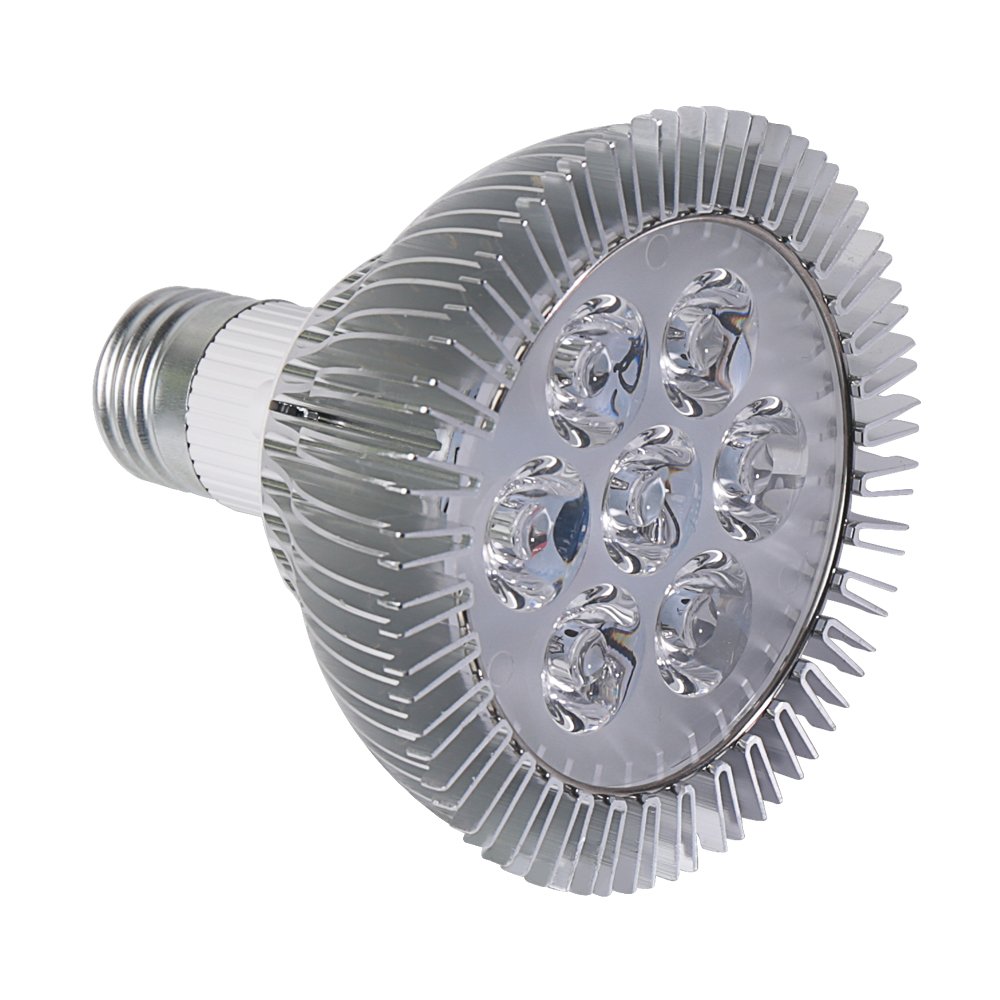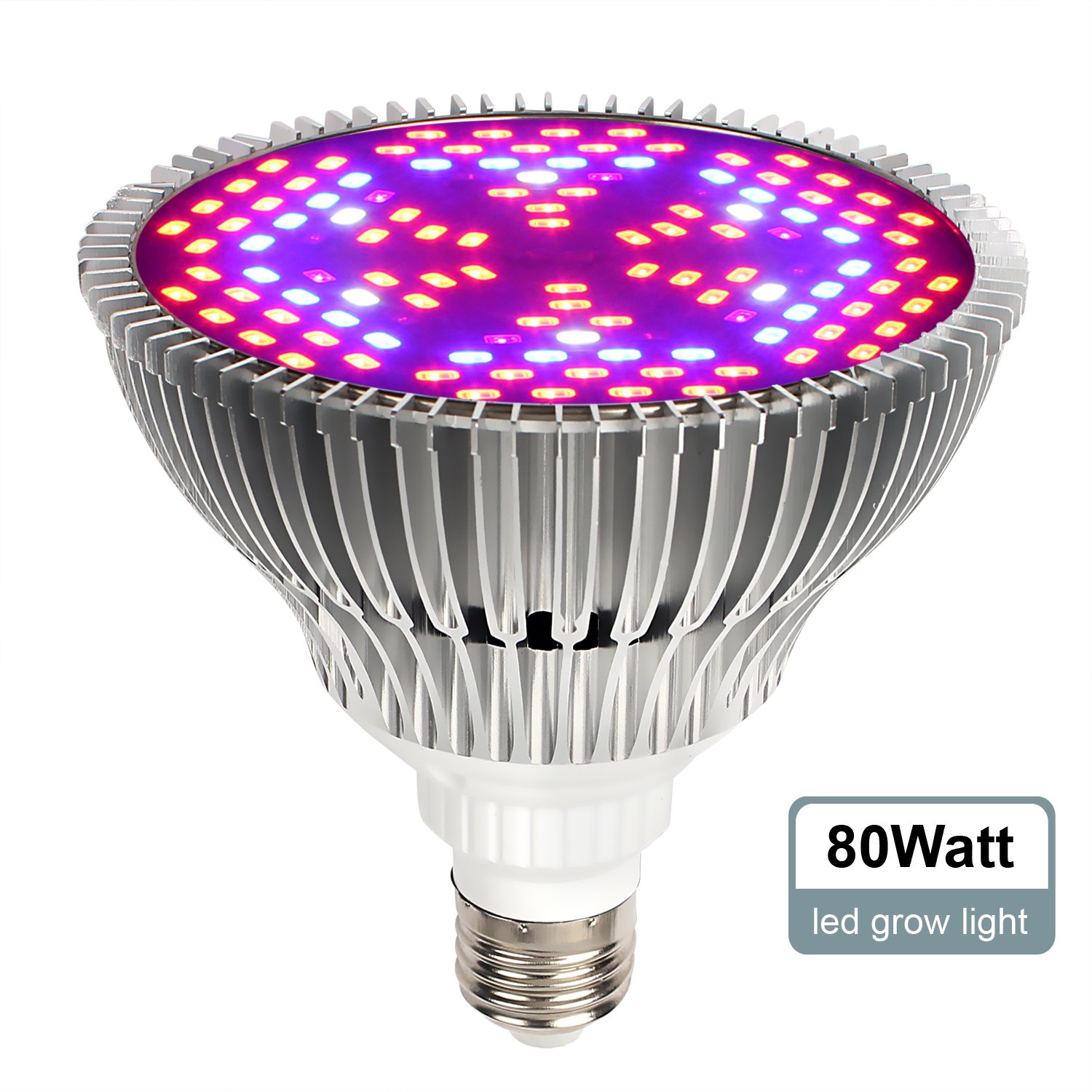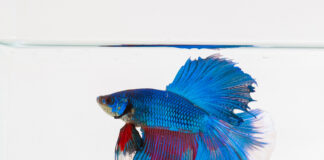Human technologies have advanced so much in the past few years. Now we can travel from one location to another in way less time that it took us years ago. We can send messages and any information in less than a second now. Also, weâve explored areas within the earth and in outer space.
One of the most important discoveries is the use of hydroponics. We can now grow plants with 90% less water and produce four times the number of crops compared to soil farming.
In addition, using a particular type of LED light, we can now maximize the growth of plants even during low light conditions and during the night. Using the best LED grow lights, we can now produce bigger and better crops in 4 times the quantity you can produce utilizing conventional soil farming.
More…
Top 7 LED Grow Lights for Your Indoor Planting Needs
Image | Products | Our Rating | Price |
|---|---|---|---|
 |
| ||
 |
| ||
 |
| ||
 |
| ||
 |
| ||
 |
| ||
 |
|
1. Grow Lights by HOME2YOU, Made With Genuine LED Lights, Full-Spectrum, 7 LED Lights
One of the best aspects of grow light you should look for is the ratio of red to blue light. Currently, the best ratio is 6:1. HOME2YOU is among the few companies who understand this and produces lights in this ratio.
In addition, HOME2YOU grow lights are remarkably durable. They can last you for 50,000-100,000 hours. Thatâs nearly 8-15 years. Most probably, youâd only need to buy your lights once and run your indoor garden for a decade or two.
Among the LED grow lights featured in this list, this one has NO negative feedback. This is a testament to how great this LED light is.
Pros
- Perfect red-blue light ratio. At 6:1 red-blue light ratio, youâre assured that your plants get the perfect combination of wavelengths of light needed for optimum growth and flowering.
- Optimum design
- âAllows the most amount of light with minimal energy loss
- Very durableâlasts for a decade and a half or 100,000 hours
Cons
- None. This product has no negative feedback and has done its job well at becoming the best in the market today.
2. Meoro LED Grow Light Bulb
Another best option for a LED grow light is the Meoro light bulb. Like other LED bulbs, Meoro operates with the least amount of energy required to produce the best light needed by plants to grow.
Although it is not extensively indicated, the ratio of red to blue light is 9:3 or 3:1 based on the light colors shown in the picture of the product.
Existing research on the optimum ratio of red to blue light, however, suggests that the best ratio is between 5:1 â 15:1. Apparently, this light produces more blue light than what research suggests.
One of the best features of this light is its ability to minimize the heat generated by light. For a system that monitors and controls the temperature within the confined growing area, this is important. Also, it means less energy is wasted.
Pros
- Less thermal output. Meoro LED produces little heat. Thanks to its aluminum-based heat-dissipation technology.
- Easy Installation.
- Zero harmful radiation. Meoro LED bulbs do not produce infrared or ultraviolet light.
Cons
- Short lifespan. The typical lifespan of a Meoro LED light bulb is 20,000 hours, and its maximum is 50,000 hours.
3. iTimo Full Spectrum Led Grow Light Bulb Plant
What makes iTimo among the best is the power it packs. At 80 W, this light bulb can cover a large area without diminishing its efficiency. The characteristic pink light emitted by the bulb signifies that itâs operating at an optimum ratio of red to blue light.
If you fancy growing Cannabis which requires more light than usual plants, this one is for you. Since this is a full-spectrum light bulb, it produces UV and IR light as well.
Pros
- Great lifespan. Lasts about 50,000-100,000 hours.
- High power. This bulb operates at 80W which allows it to cover a large area while retaining its efficiency.
- âFull-spectrum. Although plants thrive on blue and red light, they still need a bit of infrared and ultraviolet radiation. This bulb produces all wavelengths of light necessary for plant growth.
Cons
- Emits UV and IR light. UV, in particular, is a threat to human health.
4. MARS HYDRO Reflector LED Grow Light
Compared to the LED lights listed here, the Mars Hydro Reflector 114 is the largest and the longest. It measures 33 inches along and 10 inches across.
At 350 Watts, and with its dimensions, the coverage area of 4×3 feet is relatively small. Such power and coverage, however, is best suited for plants requiring more than usual amounts of light (e.g. Cannabis).
A feature unique to Mars Hydro Reflector LED light is the fan at the back of each unit that allows dissipating heat. This is not an exact reduction to heat output compared to other units, however.
Pros
- Large. This LED unit covers 4×3 feet of growing area.
- Powerful. It uses 350 watts to produce very intense light. Ideal for plants that need powerful light.
- Full spectrum. Provides all the wavelengths of light produced by the sun thus providing the best likeness to sunlight.
Cons
- Limited coverage area. The unit provides light directly thus limiting its coverage. A bulb with similar power could cover a larger area than what this product can.
5. IREALIST LED Grow Light Bulb
The IRealist LED bulb pretty resembles the HOME2YOU LED LAMP both in design and in price. However, the difference is that IRealist does not indicate the ratio of red to blue light.
Based on the color of the lights on the image provided, we can deduce that its more than the ideal range of between 5:1 â 15:1 of red to blue ratio. This makes this bulb less efficient compared to HOME2YOU LED bulbs.
Pros
- Easy to install. The bulb comes with E27 socket making it easy to set up.
- Long lifespan. Minimum lifespan is 50,000 hours. This bulb can last up to 100,000 hours.
- Does not emit IR or UV light
- At 12 watts, this bulb can produce a very intense light
Cons
- Poor red to blue light ratio.
6. MEIZHI 300W Led Grow Light Full Spectrum for Indoor Hydroponic Plants Veg and Flower
Although the design of MEIZHI allows light to be concentrated in an area, it interferes with heat dissipation. Probably, the design also encourages heat buildup among the system. Thus, one of the issues of this unit is the amount of heat it produces.
The design closely resembles that of Mars Hydro Reflector. However, MEIZHI is half the size of the Mars Hydro Reflector at 15.7 by 10.8 inches.
This product operates at 300 watts and covers an area of 2 x 2 feet. Like the Mars Hydro Reflector, the amount of power required for operation is highly impractical for the area it can cover.
Pros
- Produces very bright light. Can replace two 150-watt HPS.
- Produces a full spectrum of light
Cons
- Very hot. Even with a heat dissipation system, the bulb can turn very hot thus increasing the temperature within the growing area.
- Consumes a lot of power. The bulb consumes more than 260 watts to replace two 150-watt HPS. Not a very practical HPS replacement.
- Limited coverage space. A single unit can cover a 2 by 2 ft of growing area. Thus, youâd need more of this if you have a larger area.
7. Advanced Platinum Series P600
The Advanced Platinum Series P600 LED grow light resembles MEIZHI and Mars Hydro Reflector in design. However, of the three this unit is the longest among the three. It also has the largest of coverage area compared to the other two.
This unit consumes 600 watts of power but can replace an HPS consuming 800 watts of power. Its coverage area is 6 ft. by 4 ft.
Pros
- Very long lifespan. A typical unit can last up to 100,000 hours (or 15 years) on average.
- Intense light. Platinum LEDs are known to produce a brighter light than the typical ones.
- Large coverage. Youâd need only a unit to cover an area of 6 ft by 4 ft.
Cons
- Gets very hot. LED units of this design tend to accumulate a lot of heat. Even if you dissipate it, the heat increases the temperature of the growing environment.
- Issues with intensity. Other units are reported to produce far less intense light than marketed.
Why LED Grow Light?
Image Growing plant indoors may have a lot of benefits. However, when it comes to lighting, it still is more expensive compared to using sunlight as the light source.
Crops produced in indoor planting, however, remain to be better in quality and quantity compared to outdoor planting.

In indoor planting, you can control some variables such as temperature, humidity, nutrients in the solution (for aquaponics) or soil, and light exposure. Because of this, you increase the yield and decrease losses due to factors such as weather and pests.
Currently, there are two types of lighting: High-Pressure Sodium (HPS) grow lights, and Light-Emitting Diode (LED) grow lights.
Between the two, LED grow lights is best for indoor planting. LED grow lights consume far less energy and cause less energy loss (in the form of heat) compared to HPS grow lights. In addition, LED grow lights produce the same yield as HPS grow lights.
Installing LED grow lights save a lot of costs since they are a lot cheaper than HPS grow lights. In addition, their lifespan is ten times greater (at 100,000 hours or 15 years) compared to HPS lights.
âHow to Choose the Right LED Grow Light
Unfortunately, you canât simply use any LED grow light for indoor planting. Youâll argue that you can but the thing is, there are grow light types that are best suited for a particular need. Here are some factors you need to consider when choosing an LED grow light:
Type of Plant Youâre Growing
Full-cycle LED lights are readily available in the market today. These are grow lights that could support your plant from seedling to maturity. However, some plants have very specific demands for the type of light they need for growth.
For instance, cannabis requires a full-cycle light that is specific for their growth. A limited list of manufacturers produces the type of light that fits them well. Examples of these lights are Amare, Black Dog LED, Pro Max Grow, and Kind LED.

Flowers, fruits, and vegetables also require an LED light designed for them. Also, if you are a researcher, youâd need another grow light as well.
Size of the Space
You have two methods of installing LED grow lights. One is you install many LED lights across your plants, or you connect a single LED light to a particular area to cover many plants.
Currently, the ideal setup is you allocate at least 32 watts per square foot of space for growing plants. Plants that can benefit from this structure include flowering highlight plants and vegetables.

Say you have an area of 16 square feet, you would need approximately 550-watt grow light for plants congregated in this area.
Herbs and leafy vegetables such as lettuces require less light thus need a low-watt LED. A perfect setup is to allocate 18 watts of light per square foot of space for growing plants.
There are a lot of variations of the type and power of light a plant requires. You should do your thorough research first before engaging in indoor planting.
Type of LED Lights
LED lights have the lens in precise angles. When choosing for the best LED light, itâs wise to select those with the highest angle of dispersion. This means that youâre going to cover a broader space for a single light.
You can calculate for the wattage required for the area youâd like the light to cover and select one with an angle that will allow you to light up the entire area.

You can ask the assistance of experts, or you can do your experiment for that. The less the angle of dispersion is, the less wattage youâd need because the light will only be directed to limited space.
Conclusion
Choosing the best LED grow light bulbs depend on factors such as your setup, the plants you grow and the intensity required for your plants to grow efficiently.
There are two designs that you can choose from. One resembles the usual light bulb utilizing E27 sockets. The other design places some LED close to each other in a rectangular setup.
The best design is that which uses the E27 socket. Theyâre cheap, thus allowing you to buy more of them as the need arises. Thus, we recommend the Grow Lights by HOME2YOU. Theyâre very efficient and has a long lifespan.
Also, they produce less heat and dissipate whatever little heat they produce effectively to the environment. The size and the price give you flexibility regarding your setup.
>>> Read More:
Related Posts:







